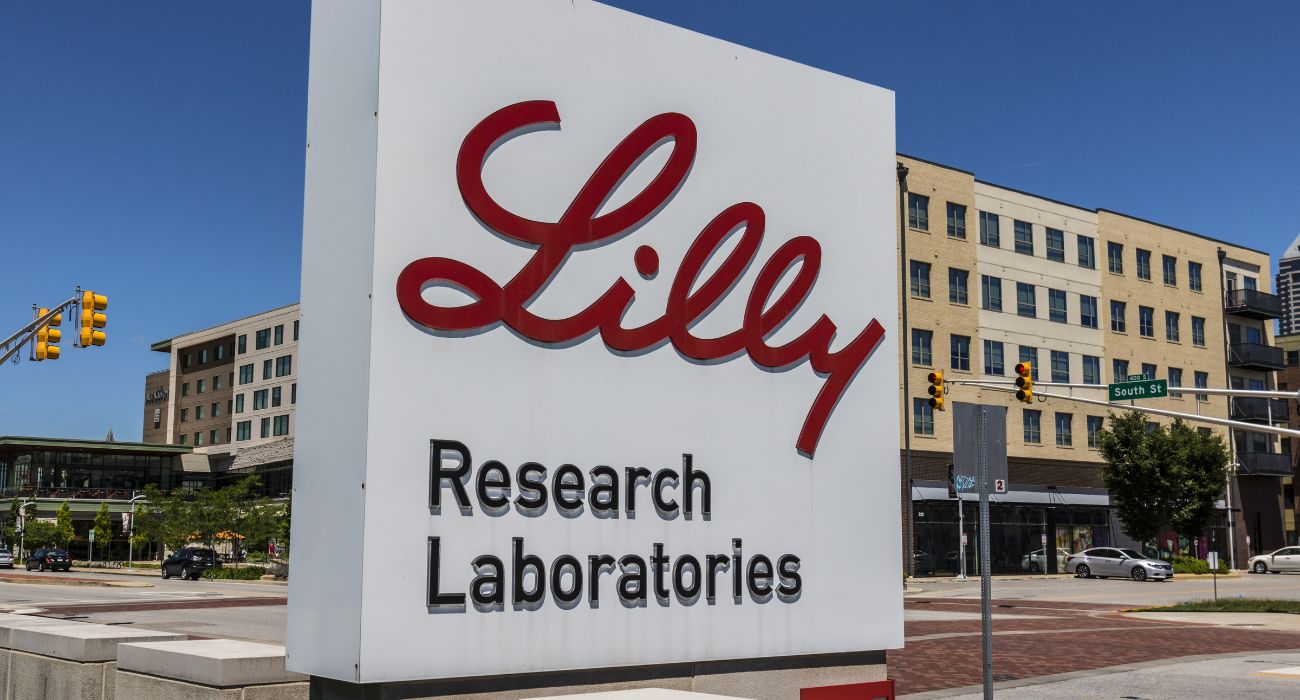Eli Lilly has released some promising data from a clinical trial of its experimental Alzheimer’s drug, remternetug.
At a conference on Alzheimer’s and Parkinson’s in Sweden, researchers from Eli Lilly presented data suggesting that participants in its clinical trial showed less amyloid plaque in their brains after receiving remternetug.
It is believed that the accumulation of sticky amyloid plaque could be to blame for the cognitive decline — such as memory loss and behavior changes — seen in those diagnosed with Alzheimer’s disease.
In 2023, it is estimated that 6.7 million Americans over the age of 65 are living with Alzheimer’s, which is a degenerative disease that progresses over time. By 2050, this number is expected to reach 12.7 million.
Given its prevalence, pharmaceutical companies have strived to find a way to slow down, if not cure, this disease.
Recent investigations have focused on drug therapies that target the accumulation of beta-amyloid protein in the brain. This plaque is believed to disrupt communication between neurons, eventually leading to loss of function and cell death.
Eli Lilly sought accelerated FDA approval for another of its amyloid-clearing drugs, donanemab, at the start of this year but was rejected for insufficient evidence.
The new drug, remternetug, shows more promise and is believed “to provide more robust plaque removal” than donanemab, as J.K. Wall, a spokesperson from Eli Lilly, explained per NBC 5.
Eli Lilly’s researchers explained during the conference that remternetug apparently had a greater impact on clearing amyloid plaque when administered at a higher dosage.
In the trial, 41 patients in the early stages of Alzheimer’s disease were randomly assigned to receive infusions of either a placebo or remternetug at various dosages every four weeks.
Most patients who were administered remternetug at the three highest dosages saw the dramatic clearing of their amyloid plaque levels by day 169.
Eli Lilly is currently undertaking a phase three trial of remternetug involving 600 participants. Its findings are expected to be completed in 2025.
A phase two trial of donanemab discovered 40% of participants treated with the drug reached amyloid clearance as early as six months after starting the treatment.
Of course, there is still much left to investigate before remternetug is ready for the market.
First, there are some adverse side effects potentially linked to the drug.
Akash Tewari, an equity analyst at Jefferies, wrote in a Friday note that 10 out of 24 patients who received remternetug showed amyloid-related imaging abnormality, or ARIA, in their MRIs, per NBC 5.
ARIA is the edema or swelling of the brain that might prove problematic by causing headaches or confusion. It is a commonly reported side effect of amyloid-clearing drugs.
Second, Tewari noted that it is still unclear whether removing amyloid plaque from patients’ brains has any positive impact on their cognition, per NBC 5.
While acknowledging that some studies have suggested this leads to a slowdown in neurodegeneration, he pointed out that this isn’t demonstrated in Eli Lilly’s clinical results.
As The Dallas Express reported, the Food and Drug Administration accelerated approval for lecanemab, another plaque-clearing drug, earlier this year. Its trial suggested a reduced depletion in mental abilities among participants taking lecanemab.
Developed by Eisai-Biogen, the drug is marketed as Leqembi, and its full approval is currently being discussed.
With the new results recently reported by Eli Lilly’s researchers and another trial phase underway, remternetug may also soon be available to Alzheimer’s patients.
Eli Lilly is also working to develop its drugs, such as Jardiance, that aim to lower blood sugar levels among adults with type 2 diabetes for children over age ten.
The company noted in a press release that there is a growing need for such drugs, given that the number of youth patients has doubled over the past two decades.
Childhood obesity, the main driver of increased rates of type 2 diabetes, has steadily risen in Texas. In 2020, 20.3% of children ages 10-17 were classified as obese.
Worldwide childhood obesity rates are expected to double worldwide by 2035, as The Dallas Express recently reported.







Aluminum and the brain. Research aluminum.
Scroll down to the last third of this webpage…
https://www.dallasforsaferwater.com/newsandactivism